What is Tahini
Tahini is made by grinding sesame seeds into a smooth paste. Sometimes the sesame seeds are hulled, sometimes they’re left unhulled; sometimes roasted, sometimes raw. Tahini has a unique ability to maintain its character while adapting to a wealth of dishes both savoury and sweet.
Since antiquity, sesame has been an essential foodstuff in the Levant — the region that today includes Israel, Syria, Lebanon, Jordan, and the Palestinian territories, and beyond. Herodotus wrote about sesame crops on the shores of the Tigris and Euphrates 3,500 years ago. And a thirteenth-century Iraqi cookbook, Kitab al-Tabikh, is the first place where tahini itself is referenced as a culinary ingredient.
How to Make Tahini
The hulled seeds are the lighter colour and unhulled seeds are much darker as they still have their hull or outer shell. Place the seeds in a high-speed food processor until they become a smooth and creamy paste.
But most of us will buy store-bought tahini, this should always be kept in an airtight container (jar). Once opened, tahini can be kept in a cool, dry pantry (4-6 months) or the refrigerator (6-12 months). Usually, tahini is made from hulled seeds and is light in colour, but for a difference try unhulled tahini which is black!
Nutrient Content in Tahini
| Nutrient | Per 10 grams | Per 100 grams |
| Energy | 269 kj (64 calories) | 2690 kj (642 calories) |
| Protein | 2.3 grams | 22.6 grams |
| Fat | 5.9 grams | 58.5 grams |
| Calcium | 100 mg | 1000 mg |
4 Top Tahini Ideas
- Hummus: Tahini is an essential ingredient in traditional hummus. You can make a classic hummus by blending chickpeas, garlic, lemon juice, olive oil, salt, and tahini until smooth. Serve it as a dip with pita bread or raw vegetables.
- Tahini Cookies: Add tahini to your cookie dough for a nutty flavour. Combine tahini, sugar, eggs, flour, baking powder, and chocolate chips or nuts to make delicious tahini cookies.
- Tahini Smoothie: Blend tahini with bananas, dates, almond milk, and a dash of cinnamon for a creamy and nutritious smoothie.
- Tahini Energy Balls: Mix tahini with rolled oats, honey or maple syrup, shredded coconut, and your choice of nuts and dried fruits. Roll the mixture into small balls for a healthy and convenient snack.

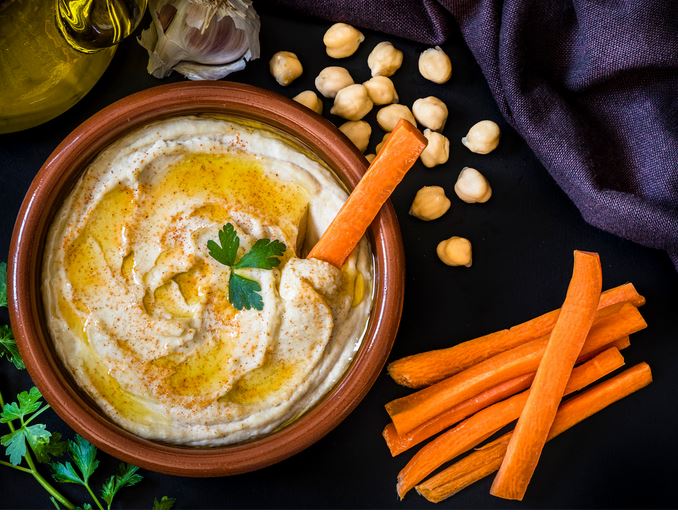
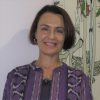

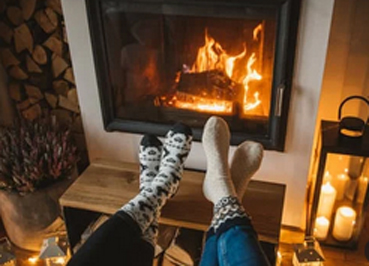
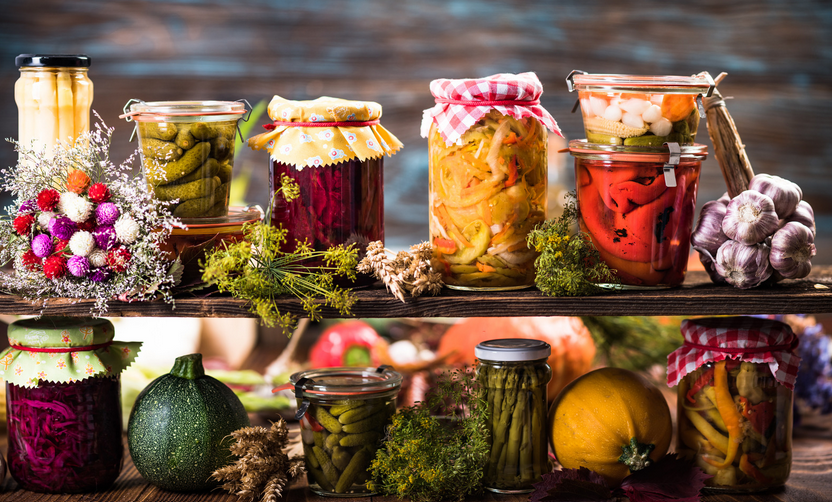
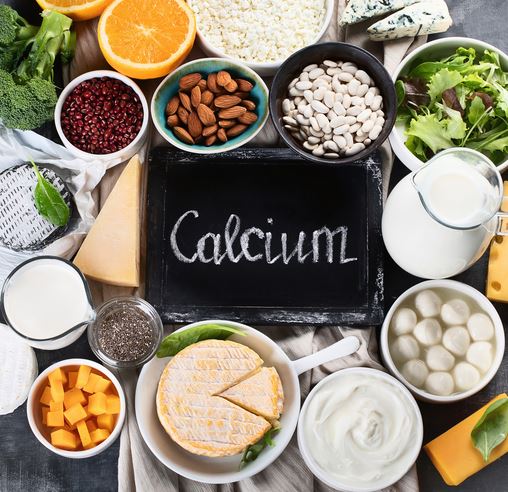

0 Comments